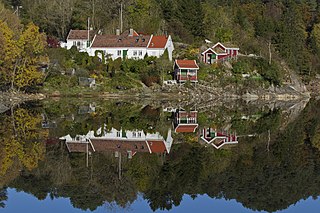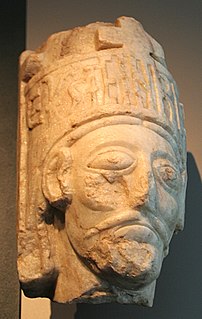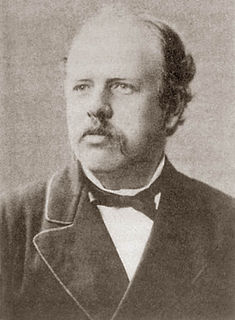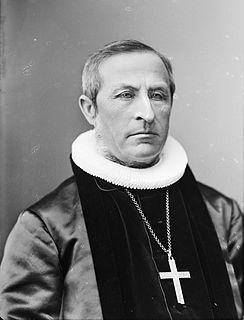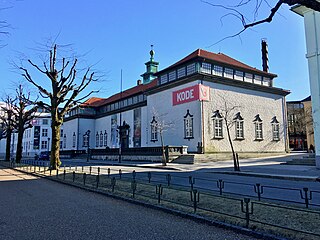Coordinates: 60°22′48″N5°19′17″E / 60.3801°N 5.3213°E

A geographic coordinate system is a coordinate system that enables every location on Earth to be specified by a set of numbers, letters or symbols. The coordinates are often chosen such that one of the numbers represents a vertical position and two or three of the numbers represent a horizontal position; alternatively, a geographic position may be expressed in a combined three-dimensional Cartesian vector. A common choice of coordinates is latitude, longitude and elevation. To specify a location on a plane requires a map projection.
Contents

The Urdi House (Norwegian : Urdihuset or simply Urdi) is a manor house in the Gyldenpris neighborhood just outside downtown Bergen, Norway. [1] It is located at Michael Krohn Street (Michael Krohns gate) no. 62. [2] The house is a prime example of late Empire style architecture. The architect that designed the house is uncertain, but it has been attributed to the town surveyor Ole Peter Riis Høegh, who was active in the town between 1834 and 1848. [3] The Urdi House received protected status in 1927.
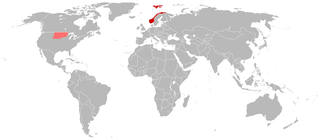
Norwegian is a North Germanic language spoken mainly in Norway, where it is the official language. Along with Swedish and Danish, Norwegian forms a dialect continuum of more or less mutually intelligible local and regional varieties, and some Norwegian and Swedish dialects, in particular, are very close. These Scandinavian languages, together with Faroese and Icelandic as well as some extinct languages, constitute the North Germanic languages. Faroese and Icelandic are hardly mutually intelligible with Norwegian in their spoken form because continental Scandinavian has diverged from them. While the two Germanic languages with the greatest numbers of speakers, English and German, have close similarities with Norwegian, neither is mutually intelligible with it. Norwegian is a descendant of Old Norse, the common language of the Germanic peoples living in Scandinavia during the Viking Era.

A manor house was historically the main residence of the lord of the manor. The house formed the administrative centre of a manor in the European feudal system; within its great hall were held the lord's manorial courts, communal meals with manorial tenants and great banquets. The term is today loosely applied to various country houses, frequently dating from the late medieval era, which formerly housed the gentry.

Gyldenpris is a neighborhood in Bergen, Norway in the borough of Årstad.






